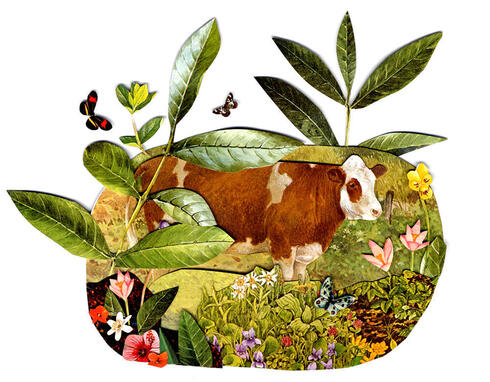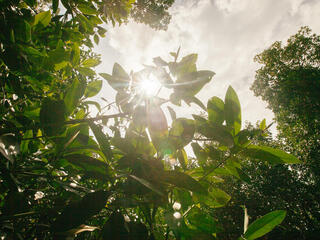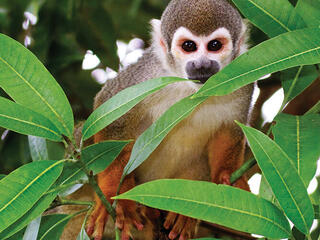Around the globe, we work with communities and food producers who deeply value their relationship with—and their right to manage—the lands and waters where they live. To support them in driving and implementing solutions, we need to connect local conditions to global forces, and to build bridges between civil society, government, and the private sector to innovate market-based, sector-wide solutions.
We can change our food production systems for the better by rethinking our public policies, halting forest conversion for food production, and safeguarding our freshwater systems and natural habitats to conserve critical landscapes and the ecosystem services they provide.
Supporting more regenerative agricultural practices will reduce greenhouse gas emissions, improve water quality and usage, and ensure we’re wasting less. And by helping to create more equitable, sustainable food systems, we can also alleviate food insecurity, especially in communities that rely on agriculture for their livelihoods.
Throughout all these efforts, we must remain aware that, as with the Sicangu Lakota, work that supports local and Indigenous people as stewards of their own land is the way to secure resilient solutions that last—and that innovation isn’t only about high-tech gadgets and satellite technology (although those matter too; see pages 48–49). Innovation is also about listening to people, learning from their wisdom and experiences, and creating genuine partnerships that support them.
We’re taking the same approach outside the Northern Great Plains, as agricultural encroachment in places like the Amazon, Africa’s Kavango Zambezi landscape, and Southeast Asia threatens biodiversity hot spots without solving people’s food security issues.
Our success won’t be won by a single project, practice, or innovation. We need a shared vision and a portfolio of scaled innovations, solutions, and projects to transform our current food systems and deliver positive outcomes for food security, livelihoods, and justice and equity within nature’s limits—always with people at the center of our vision.
There are so many opportunities to drive innovation, gain efficiencies, increase productivity, and partner with people—if we shift our focus and work together to do so.
As senior vice president for freshwater and food at WWF-US, Melissa D. Ho drives transformational initiatives that increase the sustainability of agricultural systems and water conservation for the benefit of people and ecosystems.




